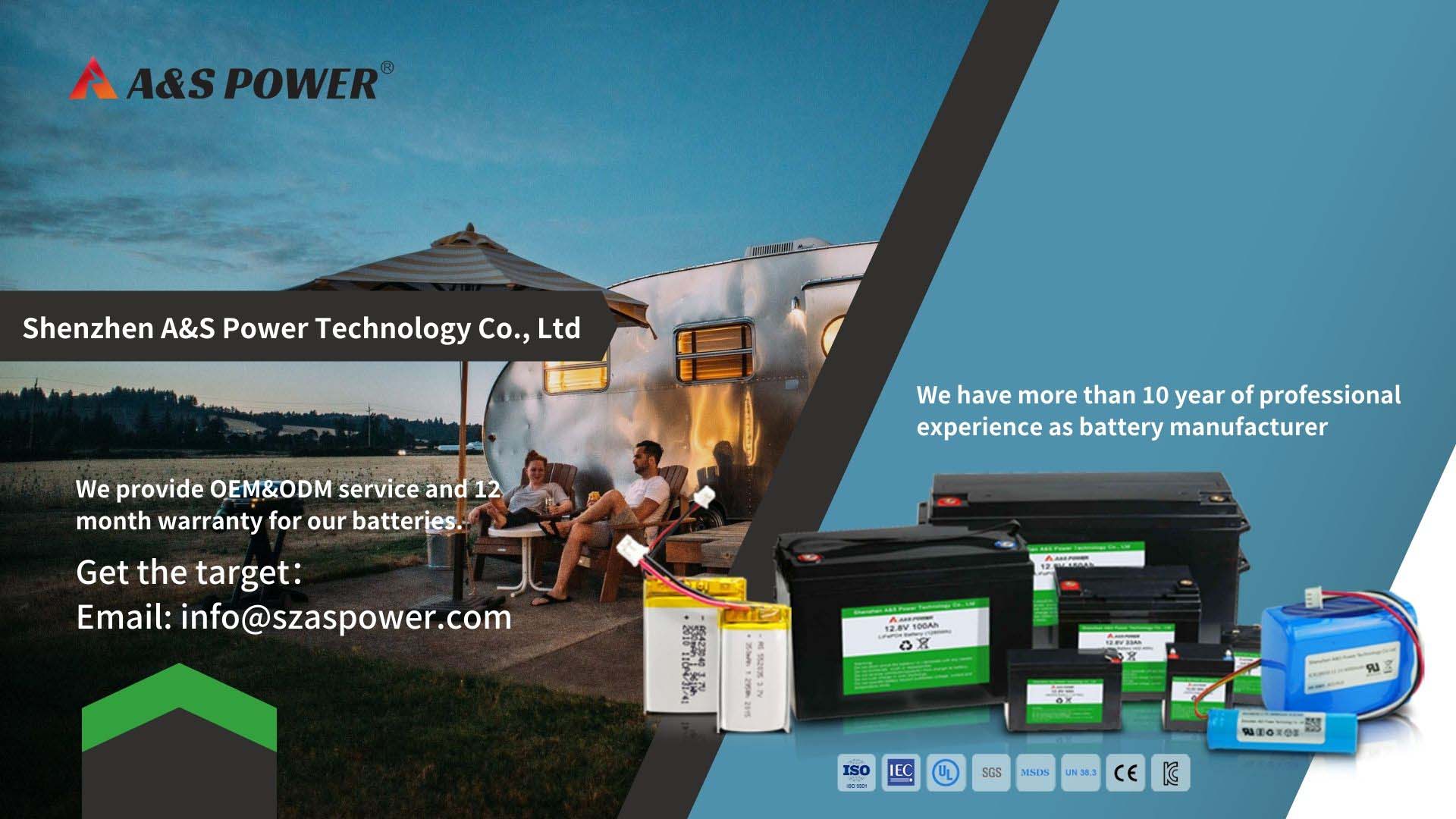Analysis of Lithium Battery Industry (3)
2022-01-05
Analysis of Lithium Battery Industry (3)
The position of the lithium battery in the industrial chain and the upstream and downstream conditions of the industrial chain
From the perspective of the production mode and terminal application of lithium batteries, the industrial chain of lithium batteries is composed of upstream mineral resources, the middle reaches are the preliminary processing companies and battery manufacturers of materials, and the downstream application scenarios are manufacturers of new energy vehicles and 3C electronic products. , The composition of the use of energy storage and other fields.
Mineral resources are scarce and are highly dependent on imports. As the main source of cathode materials, the demand for valuable metals is mainly lithium nickel cobalt manganese, and the main source is related underground mineral deposits. For the above raw materials, except for the abundant underground reserves of manganese and lithium ore, the resources of other metal minerals are relatively scarce.
Affected by the scarcity of raw materials, the cost of cathode materials accounts for the largest proportion. The middle reaches of the lithium battery industry chain are composed of material processing and lithium battery manufacturers. The upstream raw materials need to be processed before the lithium battery is manufactured. At present, in the material composition of the lithium battery, the cathode material accounts for 31% of the total cost, the separator is 25%, the electrolyte is 17%, the anode material is 11.7%, and the remaining 14.5 % Of the cost is other materials.
Technological breakthroughs in non-carbon-based materials will become an important driving force for the development of lithium batteries. As a traditional negative electrode material, graphite is currently abundant in my country and has self-sufficiency, but natural graphite can no longer meet the demand for battery capacity due to the development of downstream industries. The current development of carbon-based materials has reached its limit. For the continuously expanding lithium battery market, technological breakthroughs in non-carbon-based materials in the future will become the main node in the development of lithium batteries.
Diaphragm technology barriers are high, and it is currently impossible to realize domestic substitution. The current mainstream membranes in the market are single-layer polyethylene nanoporous molds (PE), single-layer polypropylene nanoporous molds (PP), and composite nanoporous molds. Diaphragm technology has strong technical barriers. The core technology is monopolized by companies such as the United States and Japan. Currently, the diaphragm technology in my country mainly relies on imports and does not have the ability to substitute domestically.
Follow us and explore more! 👉 Facebook












